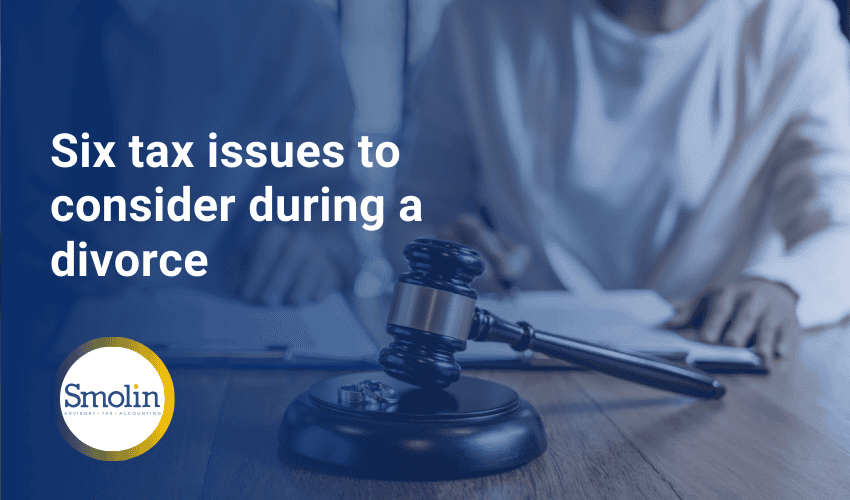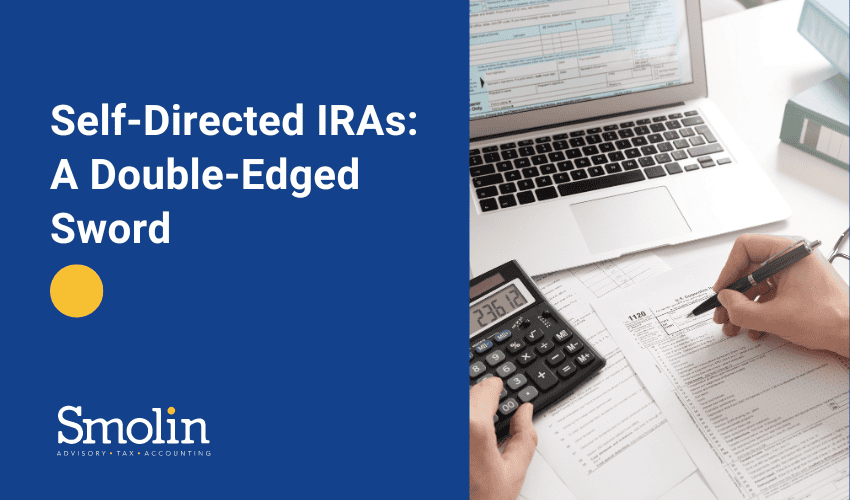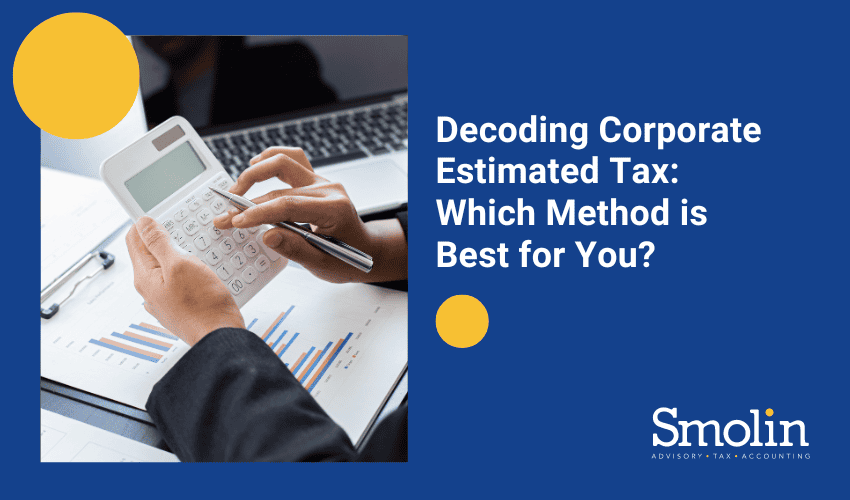If you own real estate held for over a year and sell it for a profit, you typically face capital gains tax. This applies even to indirect ownership passed through entities like LLCs, partnerships, or S corporations. You can expect to pay the standard 15% or 20% federal income tax rate for long-term capital gains.
Some real estate gains can be taxed at even higher rates due to depreciation deductions. Here are some potential federal income tax implications of these gains.
Vacant land
Specifically for high earners, the current maximum federal long-term capital gain tax on vacant land is 20%. For 2024, the 20% rate kicks in for
- Single filers with taxable income exceeding $518,900
- Married joint-filing couples with taxable income exceeding $583,750
- Head of household with taxable income exceeding $551,350.
If your income is below these thresholds, you’ll only owe 15% federal tax on vacant land gains. Remember that you may also owe the 3.8% net investment income tax (NIIT) on some or all of the gain.
Gains from depreciation
Depreciation-related gains from real estate, also known as unrecaptured Section 1250 gains, are generally taxed at a flat 25% federal rate. However, if the gain would be taxed at a lower rate without this special treatment, this 25% rate does not apply. However, you could owe the 3.8% NIIT on some or all of the unrecaptured Section 1250 gain.
Gains from qualified improvement property
Qualified improvement property or QIP, refers to improvements to the interior of nonresidential buildings after being placed in service. QIP excludes enlargements such as elevators, escalators, and structural changes.
You can claim tax deductions for QIP through Section 179 deductions or bonus depreciation. When you sell QIP for which you’ve claimed Section 179 deductions, part of the gain may be taxed as ordinary income at your regular tax rate rather than the lower long-term capital gains rate. This is known as Section 1245 recapture. You may also owe the 3.8% NIIT on this portion of the gain.
If you sell QIP for which first-year bonus depreciation has been claimed, part of the gain might be taxed as ordinary income at your regular tax rate via Section 1250 recapture, rather than lower long-term gain rates. This applies to the portion of the gain that exceeds the depreciation calculated using the applicable straight-line method. Again, you may still owe the 3.8% NIIT on some or all of the recapture gain.
Tax planning point: Choosing straight-line depreciation for real property, including QIP, there won’t be any Section 1245 or Section 1250 recapture. You will only have unrecaptured Section 1250 gain from the depreciation taxed at a federal rate below 25%. The 3.8% NIIT on all or part of the gain may still apply.
Handling the complexities
The federal income tax rules for real estate gains are obviously very complex. There’s a lot to consider: different tax rates applied to different categories of gain, the possibility of owing the 3.8% NIIT, and potential state income tax.
Our team of skilled tax advisors can help you understand the intricacies and minimize the tax liability of capital gains. Contact a Smolin advisor to discuss your specific situation.









